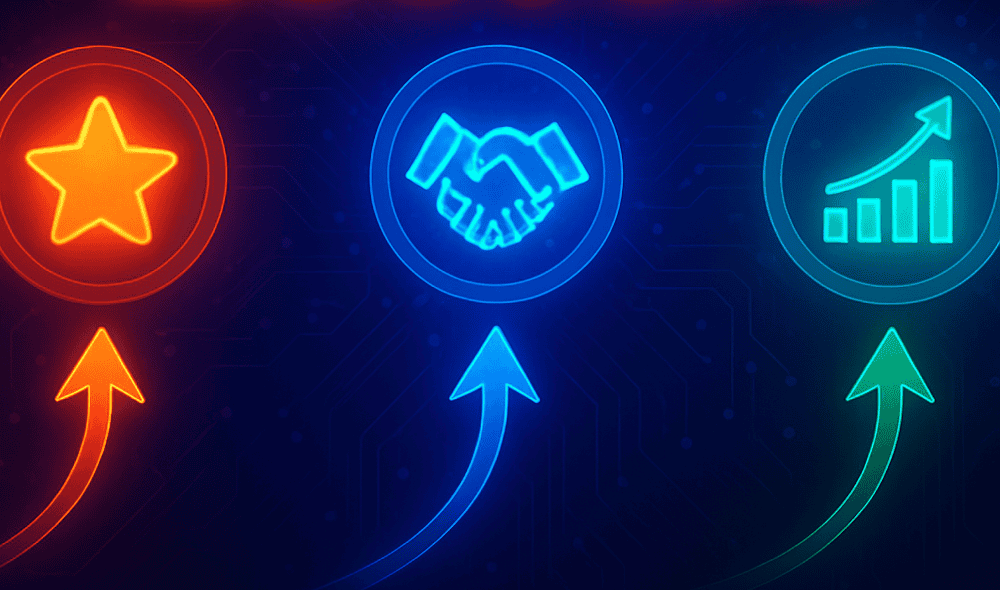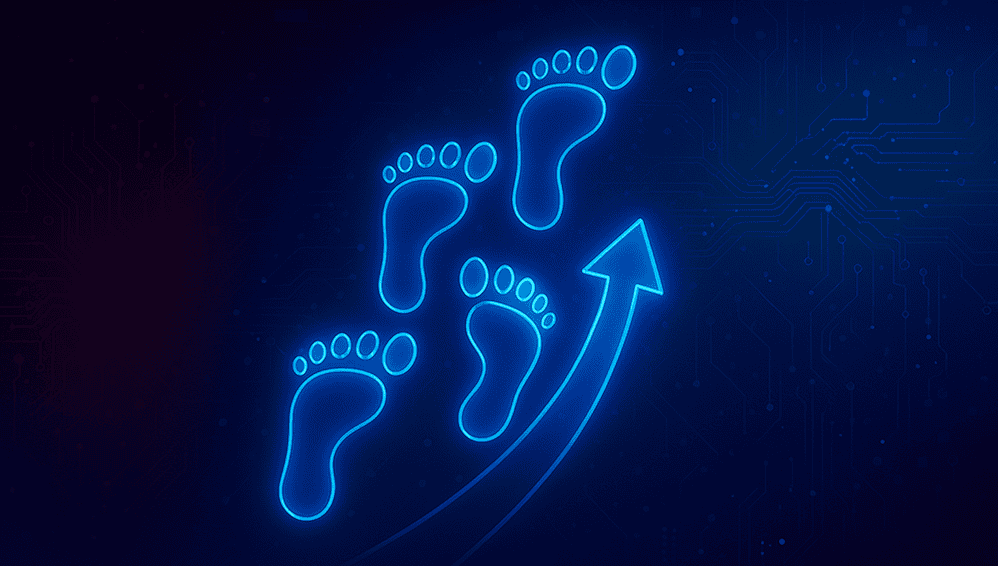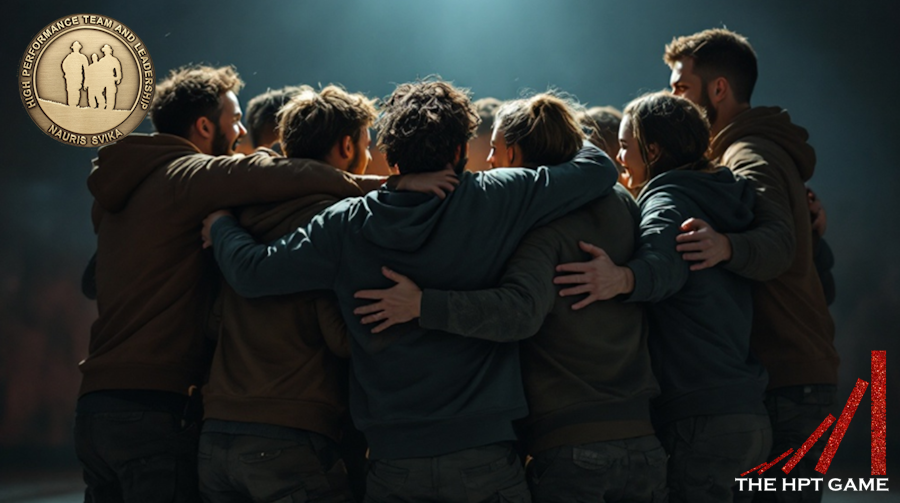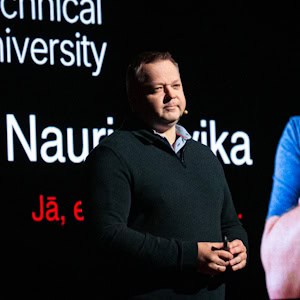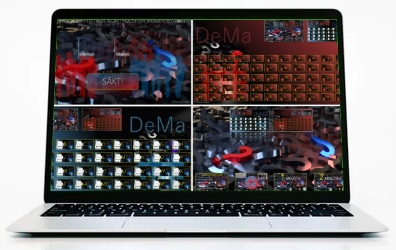WE SOLVE TEAM AND LEADERSHIP PROBLEMS
We Fix What Many Others Only Talk About
Yes — we solve real problems. The kind...
We move your team from Point A to Point B through structured analysis, evaluation of multiple solution paths, and the implementation of the most effective strategy. In our experience, at least 80% of organizational challenges are people-related — leadership gaps, unclear delegation, low motivation, team dynamics, culture, or microclimate. Most organizations try to solve these issues with training. But in many cases, training isn't the problem — the problem is action. People already know what to do. They’re just not doing it. That’s where we come in. We don’t treat symptoms — we solve the root cause.
WHAT YOU GAIN?
Results over process. Always!
At the beginning of each collaboration, we define a clear goal — what exactly needs to change or improve. The goal can look very different depending on the situation. Maybe a leadership team is stuck and needs to regain momentum.
Maybe a change is underway, and the real team culture needs to be addressed. Sometimes, the issue is poor communication flow or lack of readiness for critical moments, etc. Every case is unique. But one thing always matters: the team (or at least the leader) must be ready to take action. And here’s the truth: the more painful the problem, the faster we solve it. Why? Because when things hurt enough, people are finally willing to do what’s needed.
A FEW EXAMPLES FROM THE FIELD
Here are a few situations we've helped solve. We don’t reveal company names — confidentiality matters.
And the same goes for your organization. Your case stays private.
As a result, existing documentation was reviewed and improved, missing documents were created, and internal staff training was conducted. The process concluded with both theoretical and practical stress tests to verify preparedness and documentation integrity. The entire process was carried out in two phases over the course of four months.
FROM PROBLEM TO SOLUTION — HERE’S THE PROCESS
Direct, actionable, and designed for impact.
Initial Situation Overview
Everything starts with a first conversation — either in person or remotely. In most cases, a remote meeting via Zoom or similar platform is more than enough. We typically arrange in-person meetings only for highly complex or sensitive situations. The call usually lasts 40–60 minutes. You begin by sharing your perspective, and we ask clarifying questions. The goal of this conversation is simple: to understand whether the issue is truly a problem — and whether there are people in your team who are willing and able to solve it.
Solution Plan Preparation
Within about a week after the initial meeting, we prepare a tailored program or project plan (for longer-term engagements).
The plan includes a clear objective, implementation guidelines, financial offer, timeline, and other key details. It’s important to note: strict adherence to the plan is not the top priority — achieving the goal is. In other words, it’s not about following the process; it’s about delivering results. The program is treated as a living system. New insights often emerge during the process, and we adapt accordingly — always with the end goal in focus.
Agreement
If necessary, a formal cooperation agreement or other legal documents are signed. In most cases, however, the documentation consists simply of the program outline and an electronic invoice.
Step 1 of the Program – Situation Analysis
About 95% of all programs begin with a situation analysis. Why? Because once all participants are present, the actual situation often turns out to be somewhat different from what was described during the initial meeting. That’s exactly why the goal takes priority — not the process. The main purpose of the situation analysis is to gather facts, assumptions, limitations, and insights. These become the foundation for developing actionable options in the next step.
Step 2 of the Program – Developing Action Options
Based on the insights gathered during the situation analysis, we develop 2–3 different action paths. Often, participants are eager to jump straight into solution mode — but in practice, a thorough analysis frequently reveals a very different set of needs. That’s why we place strong emphasis on ensuring that each proposed option is truly grounded in the findings from Step 1.
Step 3 of the Program – Analysis, Comparison, and Selection of Action Options
Once multiple action options have been developed, they are analyzed and compared — often using measurable criteria or basic quantitative tools. The goal is simple: to identify and approve the most effective path forward from the available options. This selected option becomes the agreed direction for the next phase of work.
Step 4 of the Program – Implementing the Chosen Action Plan in Daily Operations
This is the final step — though its foundations are laid already in the closing phase of the program. Together, we walk through the concrete steps: what needs to be done, by when, based on which criteria and indicators, and who is responsible for what. After the program, depending on the situation, we often continue in a support or oversight role — to make sure the plan doesn’t stay in the meeting room, but is actually put into practice.
“WHY” and “WHEN” — High Performance Team (HPT) & Leadership?
Even when everything seems fine within a team, there are moments when leaders want to reach a new level.
That’s when we introduce the HPT experience. Only once team members operate on a truly high-performance level do they realize how limited things were before. Working on lower levels simply no longer feels acceptable or engaging.
But here’s the thing — you can’t explain that feeling. You have to experience it to understand what you were missing.
Building a team capable of achieving high-level performance in a short period is straightforward if the organization has professional individuals with the right attitude, and the team only needs to work closely for a limited time. In reality, organizations must work with the people they have, and collaboration is not a short-term effort but a continuous one. Why HPT? Here are just a few academically proven facts:
Just calculate the KPIs for your sales department to understand where the money is disappearing.
This time, it’s not about a company’s staff or a traditional team setup. What takes the spotlight is over six years of research, analysis, and real-world experimentation — all designed to reveal, step by step, how high-performance teams and leaders actually operate. A book on the subject is currently in the works. But while it’s still being written, teams already have the opportunity to learn and apply the full algorithm in their daily work — and to test their skills in an exclusive program held only a few times a year for a very limited number of participants: The HPT Game.
WHY NAURIS SVIKA?
I simply enjoy solving challenges related to leadership, teams, and the human factor — but only in organizations that truly want to solve them. There are usually two main goals: either to pull a team out of a low point (we all fall into one now and then), or to help them reach a new level. For years, I’ve been fascinated by high-performing teams — the kind that go far beyond the average. These teams acknowledge problems and deal with them — they don’t ignore or adapt to dysfunction. Eventually, they begin seeking new horizons. More than six years ago, I began systematically analyzing studies on the high-performance team (HPT) phenomenon. I tested insights through small-scale experiments within my own programs, using real teams in real conditions. And in recent years, global events — as harsh as they’ve been — provided further clarity and perspective. Bit by bit, I gathered small pieces to build a much larger mosaic. This experience now allows me to deeply analyze situations and identify the key barriers standing between Point A and Point B. You can find feedback on my work here.
Initially, it was more of a hobby, compiling a vast amount of information without any particular system.
Exceptions will always exist, and the algorithm will continue to evolve, but it opens the door to an entirely new level of team performance.
